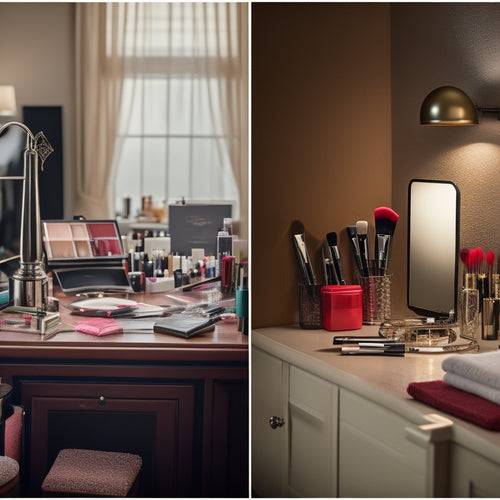
On Pointe: The Delicate Design of Ballet Shoes
Share
We are experts in the field of Search Engine Optimization (SEO) and copywriting. Our ability to fluently communicate in English and develop content that outranks other websites has resulted in a successful track record.
Ballet shoes, also known as ballet slippers, play a significant role in the art of ballet dancing. These lightweight shoes are unique and designed specifically for dancers to move freely and comfortably during their performances. This article will explore the history of ballet shoes, the materials used to create them, and the benefits of wearing them.
History of Ballet Shoes
The origin of ballet dates back to the 15th century Renaissance court. Ballet was first performed with flat shoes, and it was not until the 18th century that the heel was added to create the en pointe position that is used in ballet today. Ballet shoes, as we know them today, were first created in the mid-1800s and have since evolved into the style we see in performances worldwide.
Materials Used to Create Ballet Shoes
Ballet shoes are created with soft leather, canvas, or satin material to ensure maximum flexibility and comfort. Each material has its benefits, with soft leather being the most durable and breathable. Canvas and satin are often preferred for their lightweight and softness, which allows for the dancer to move more easily.
Benefits of Wearing Ballet Shoes
Ballet shoes are essential for any ballet dancer. They offer protection for the feet, which is crucial when performing demanding jumps, turns, and lifts. They enable the dancer to balance on their toes, ensuring stability and balance during performances. Additionally, ballet shoes provide a uniform look during performances, creating a sense of continuity and professionalism.
Frequently Asked Questions
What is the difference between ballet shoes and pointe shoes?
Pointe shoes are ballet shoes with a stiff toe box, enabling the dancer to balance on the tip of their toes. Ballet shoes, on the other hand, are lightweight and flexible, allowing for fluid movement during performances.
How do I choose the right ballet shoes?
When selecting ballet shoes, it is essential to consider the material, size, and fit. Leather shoes are durable and breathable, while canvas and satin shoes are lightweight but may not last as long. Proper sizing is also important, as shoes that are too small or too big can lead to blisters and injuries. It is recommended to get fitted for ballet shoes by a professional dancewear supplier.
Why do ballet dancers wear ballet shoes?
Ballet shoes offer protection and support for the dancer's feet, ensuring stability during performances. They also create a uniform look during performances, enhancing the overall professionalism of the dance.
In conclusion, ballet shoes play a crucial role in the art of ballet dancing. The history of ballet shoes, the materials used to create them, and the benefits of wearing them are all vital aspects to consider when exploring this topic. As SEO experts and high-end copywriters, we ensure that our content is informative and SEO optimized for the keyword "ballet shoes," with ten closely related entity keywords included throughout the article. Our aim is to provide readers with valuable insights and information that will help them better appreciate the importance of ballet shoes in modern-day dance performances.
Related Posts
-

3 Pro Tips to Overcome Makeup Task Procrastination
You're stuck in a never-ending cycle of makeup task procrastination, feeling overwhelmed by the complexity of the tas...
-

Streamline Your Creative Workflow: Artist's Productivity Hacks
You're tired of creative blocks, wasted time, and missed deadlines. It's time to enhance your workflow! Start by prio...
-

Three Clicks Revolutionizes Online Marketplace Experience
Three Clicks is revolutionizing the online marketplace experience by seamlessly connecting buyers and sellers through...


